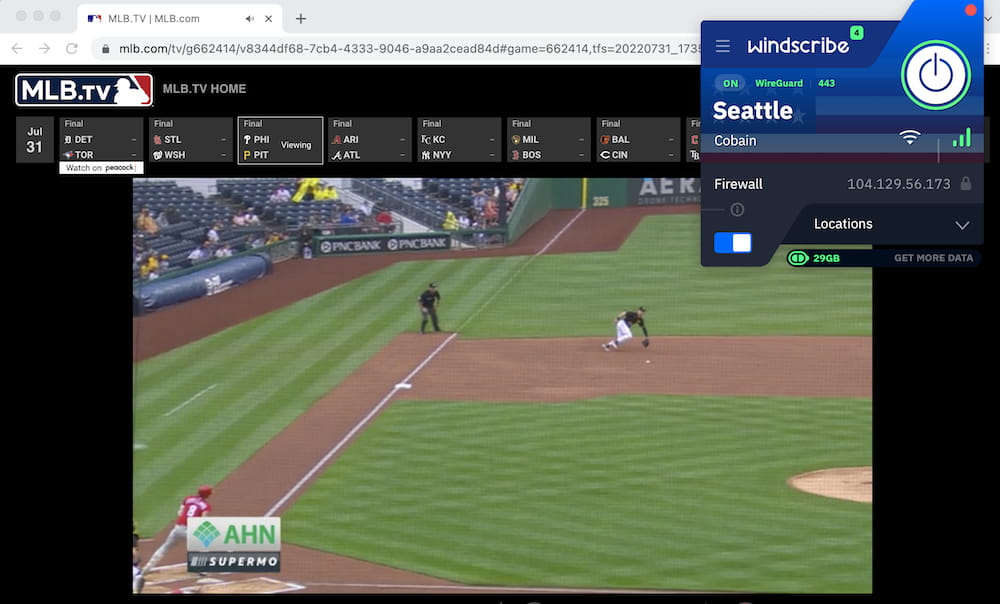
cap-add=NET_ADMIN is also needed to ensure that The default option should always be /dev/net/tun. The -device is required to ensure that the Windscribe can set the necessary configuration details. Restart: unless-stopped image: kabe0/deluge-windscribe:latest volumes:ĭepends_on: restart: unless-stopped network_mode: "service:deluge-windscribe " image: linuxserver/sonarr:latest volumes: The file itself should contain three lines (no spaces).

The location of the config file will be the path set in the environment variable VPN_AUTH (/config/nf). Working directory to $PWD/config:/config. In the example shown below, we configure a folder to mount the current config/nf fileĪ volume mount must be configured for this process to work. VPN_LOCATION is defaulted to best and is optional. If VPN_USERNAME or VPN_PASSWORD is set, the /config/nf will be ignored.
#WINDSCRIBE VPN FOR LOCATION PASSWORD#
The login information will be identical to the username and password you use to login to your windscribe profile. You can either set some environment variables or configure a config file. You will need to create a config file to auto-login to Windscribe. In the future, I'll take a closer look at which permissions are causing the problems. Currently the work around that has worked for me is setting the flag -privileged. If this error is thrown, that means that the OS is not allowing commands to execute in python. Enable the environment variable LEGACY_IPTABLES=true toįorce the system to use the legacy IPTables. If you run into the error message Error running "login" this is a sign that your iptables uses an older API call. You may use environment variables to configure your config files. That password will be set to the default password, which is deluge. On first run, the deluge web UI will ask for a password. Then you can run the container command below it.

In order to run the container, you will need to create an nf file with the username and password details. The architectures supported by this image are: Architecture

Docker manifest is being used for multi-platform awareness. Images are build with the supported windscribe-cli architectures such as x86-64, and armhf. The container will read the address and port details defined in theĬonfig.ovpn to generate the required ufw firewall permissions. To simplify the process, config.ovpn files are used If the Windscribe function is enabled, it is required to configure the Handles running a Deluge instance along side the Windscribe service.


 0 kommentar(er)
0 kommentar(er)
